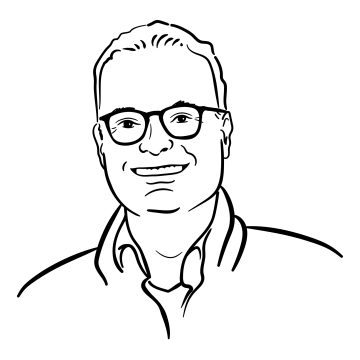
Case study
Big steps towards a sustainable network
"KPN’s fixed and mobile networks have been running on green electricity since 2011 and KPNhas been climate-neutral since 2015. In recent years, KPN has also taken significant steps to reduce energy consumption. For example, KPN’s absolute energy consumption has decreased by 35% since 2010, while data consumption increased around 24x in the same period. Until 2030, KPN wants to save at least another 8%. At the same time, KPN has formulated circular ambitions and set a goal to reduce emissions throughout the value chain to net zero by 2040. In this way, we are working in generations towards a sustainable and energy-efficient network.
In addition to these achievements and ambitions, an important decision was taken last year to obtain, from 2027, more than 50% of the electricity that KPN consumes from a wind farm. KPN will then purchase more than 200 GWh (gigawatt hours) of electricity on an annual basis from the new Hollandse Kust West wind farm, which is being built more than 50 km off the coast near IJmuiden. 2027will be a very important year anyway, because by then almost all our customers will be using the internet via the fiber network that we are now rolling out at great speed. Because the power consumption of the new core network is significantly lower than the current copper network, less powersupply and less cooling in the technical buildingsis needed. In addition, the cabling consists of recycled materials by design, and the fiber network ensures less maintenance, which means fewer kilometers for engineers to travel.
“This transformation makes KPN even more efficient.”
With the migration from copper to fiber, ‘Fiber on, copper off’, we are making it possible to switch off the copper network in phases. KPN has a total of 1,300 technical buildings as part of our copper network. In the long-term, they will be turned off and reduced to approximately 160 future-proof technical buildings as part of the fiber network. This switch-off has already taken place in six test areas, with which we have gained experience on a largerscale for places where fiber is available from 2023.
Technical buildings take up more space and also consume more electricity. The related energy savings amount to almost 490 MWh per year – this is equivalent to the power consumption of around 200 households. Whereas in the past a large telephone exchange was needed in a village or district, a small building or street cabinetis often sufficient now, asmuch lessspace is needed for network equipment, powersupply, and cooling. Thisresultsin significant savings in space and maintenance costs. For example, a large plant of around 550 square meters can now be reduced to a floor space between two and 15 square meters. Converted, we are going from a total of around 192,000 square meters to around 10,000 squaremeters. This transformation makes KPN even more efficient and improves the sustainability of our network."

